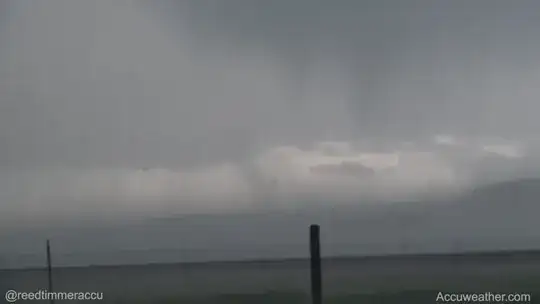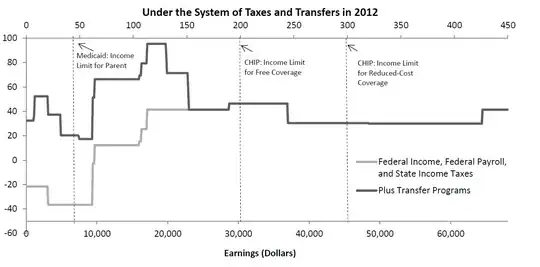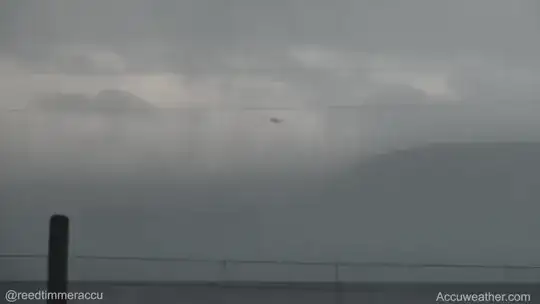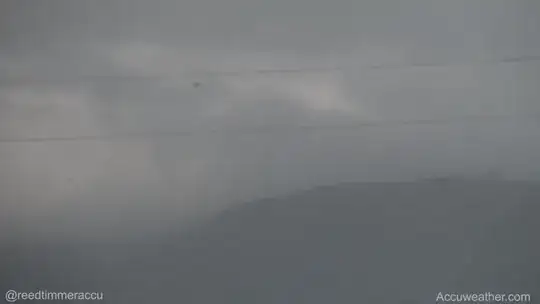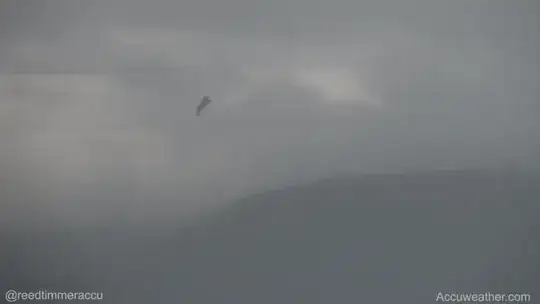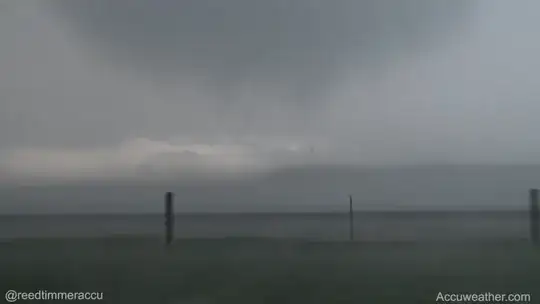Tornadoes are known to throw 18 wheelers and other large objects into the air. However, most deaths (to humans) are due to debris rather than being thrown by the wind itself.
There are several claims that twisters have lifted cows into the air:
A weak 85 mph twister from Elgin, Texas in 2017.
Several cows and one bull survived being carried more than a quarter mile by a tornado Tuesday evening near Elgin. The cattle were reportedly tossed over fences into an adjacent pasture.
(Perhaps most famously, it was depicted in a CGI scene from the movie Twister (1996).)
From a physics perspective sky-bound cows seem unlikely. The houses and cars that tornadoes play with are very heavy but also hollow and low density. Solid objects are much harder to move. A human terminal velocity is about 120 mph in a belly-down position (maximizing drag) but humans can fall at a speed of up to 310 mph in a streamlined vertical dive. This is faster than the most powerful tornado on record. A cow, which can weigh over a tonne, presumably could fall at a velocity of well above 200mph. Terrified cows may find themselves in odd places, and debris are still highly lethal. But flight?
The poorly-resolved "cow" in the first film could be a piece of siding or other debris. Instead of "being carried over a fence" terrified bovines simply jumped and/or trampled the damaged(?) fence. The article provides no evidence besides "someone said so".
Has there been a well-documented "flying cow"?
